Table of Contents
From Sci-Fi to Reality: The Evolution of Artificial Intelligence explores how AI, once a staple of science fiction, has transformed into an integral part of our lives. This journey began with The Origins of AI: How Science Fiction Inspired Real-World Innovation, where imaginative visions sparked real-world research. We’ll trace Key Milestones in AI Development: From Early Concepts to Modern Breakthroughs, highlighting how these innovations have led to AI in Everyday Life: How Far Have We Come? As we look ahead, we’ll examine The Future of AI: What’s Next in the Journey from Sci-Fi to Reality? to understand where AI might lead us.
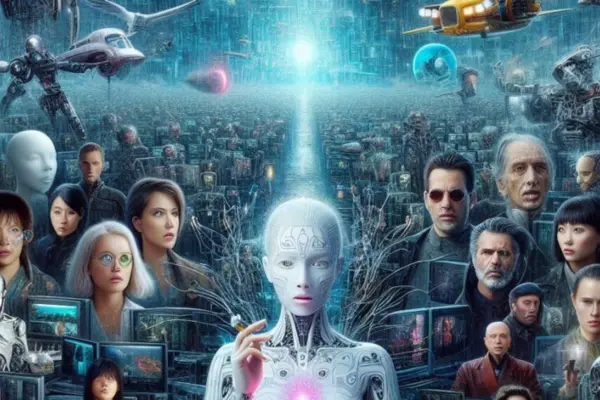
The Origins of AI: How Science Fiction Inspired Real-World Innovation
The Origins of AI: How Science Fiction Inspired Real-World Innovation explores the fascinating intersection between science fiction and real-world artificial intelligence (AI). Early sci-fi books, movies, and TV shows did more than just entertain—they laid the groundwork for our current understanding of AI and robotics.
Read More “Unleashing the Power of Artificial Intelligence: Exploring the Possibilities“
Read More “ Jio Coin Price Prediction: How Much Will Reliance’s New Cryptocurrency Be Worth in 2025? How To Buy It?“
One of the most influential early works was Isaac Asimov’s I, Robot, published in 1950. Asimov’s collection of short stories introduced the world to the concept of robots governed by the famous Three Laws of Robotics, which emphasized the ethical treatment of machines. These stories not only captured the imagination of the public but also set a foundation for future AI research. Similarly, Stanley Kubrick’s 2001: A Space Odyssey (1968) showcased HAL 9000, an intelligent computer with human-like qualities, which profoundly influenced both popular culture and the AI research community.
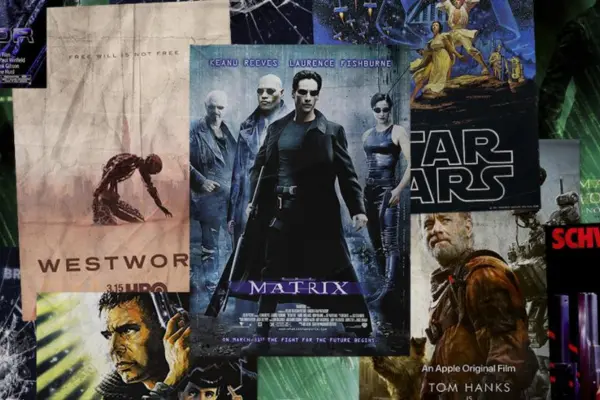
AI Concepts in Early Sci-Fi Literature further highlight how literature mirrored the evolving hopes and fears about technology. Characters like Asimov’s R. Giskard Reventlov and E.M. Forster’s The Machine portrayed AI as both saviors and potential threats. These depictions ignited curiosity and concern about the future of AI, prompting scholars and engineers to explore these possibilities further.
Transitioning from fiction to reality, the 20th century witnessed significant strides in AI development. Pioneers such as Alan Turing, who conceptualized the Turing Test, drew inspiration from these imaginative works to develop the foundational theories of AI. Early AI researchers began to test and implement these theories, leading to the creation of the first rudimentary AI systems. The blend of sci-fi visions with scientific exploration laid the groundwork for AI’s real-world advancements, bridging the gap between fiction and technology.
AI Concepts in Early Sci-Fi Literature
Early science fiction literature was a treasure trove of imaginative AI concepts. Isaac Asimov’s robots, with their complex moral and ethical dilemmas, explored the potential consequences of intelligent machines. Similarly, works like E.M. Forster’s The Machine depicted AI as both a tool and a threat, reflecting societal anxieties and aspirations. These literary visions not only entertained but also inspired real-world scientists to bring such ideas to life, driving early AI research and development.
From Sci-Fi to Reality: The Evolution of Artificial Intelligence in Popular Films and Its Influence
Popular films such as Blade Runner (1982) and The Matrix (1999) have had a profound impact on both public perception and technological innovation. Blade Runner presented a dystopian future with sophisticated androids, pushing viewers to question the nature of consciousness and identity. Meanwhile, The Matrix explored themes of simulated realities and advanced AI control, inspiring a generation of tech enthusiasts and researchers. These films not only shaped our cultural understanding of AI but also motivated technological advancements, reflecting and amplifying the ideas first explored in science fiction literature.
Key Milestones in AI Development: From Early Concepts to Modern Breakthroughs
Key Milestones in AI Development: From Early Concepts to Modern Breakthroughs showcase the incredible journey AI has undergone, from theoretical foundations to groundbreaking achievements. The evolution of AI can be divided into several key phases, each marked by significant innovations and breakthroughs.
The journey began with Alan Turing, whose pioneering work in the 1930s and 1940s laid the foundation for AI. Turing proposed the concept of a “universal machine” that could simulate any other machine, setting the stage for modern computing. His development of the Turing Test in 1950 provided a criterion for determining whether a machine could exhibit intelligent behavior indistinguishable from a human. This early theoretical work inspired subsequent research and development in artificial intelligence.
The next major milestone was the invention of the neural network in the 1950s and 1960s, which aimed to mimic the way the human brain processes information. Early models, such as the Perceptron, demonstrated that machines could learn from data, though their capabilities were initially limited. This period also saw the advent of expert systems in the 1980s, which used predefined rules to simulate expert-level decision-making.

The 21st century marked a revolution in AI with the rise of deep learning. This subset of machine learning utilizes large neural networks with many layers (hence “deep”) to analyze and interpret complex data. Deep learning has led to remarkable advancements, including AI defeating humans in strategic games. In 1997, IBM’s Deep Blue defeated world chess champion Garry Kasparov, showcasing AI’s potential in complex problem-solving. More recently, Google DeepMind’s AlphaGo defeated Go champion Lee Sedol in 2016, demonstrating AI’s ability to handle complex, non-deterministic games.
The development of natural language processing (NLP) has further propelled AI’s capabilities. Breakthroughs like Google’s BERT and OpenAI’s GPT models have enhanced AI’s ability to understand and generate human language with remarkable accuracy, transforming applications such as chatbots, translation services, and content generation.
The Birth of AI Research: Turing and Beyond
The birth of AI research can be traced back to Alan Turing and his seminal contributions in the 1950s. Turing’s conceptualization of the universal machine and his introduction of the Turing Test set the groundwork for evaluating machine intelligence. Turing’s ideas were pivotal in shaping the early directions of AI research, leading to the development of the first AI programs in the 1950s, such as the Logic Theorist and the General Problem Solver, which marked the beginning of practical AI development.
Major AI Breakthroughs in the 21st Century
The 21st century has witnessed several major AI breakthroughs that have significantly advanced the field. In 2011, IBM’s Watson made headlines by winning Jeopardy!, demonstrating advanced natural language processing and data analysis capabilities. This achievement showcased AI’s potential in understanding and processing human language. Another landmark event occurred in 2016 when AlphaGo, developed by Google DeepMind, defeated world champion Go player Lee Sedol. This victory highlighted AI’s ability to excel in complex, strategic environments. Additionally, advancements in NLP, such as OpenAI’s GPT-3, have enabled more sophisticated interactions between humans and machines, further expanding AI’s applications and capabilities.
AI in Everyday Life: How Far Have We Come?
Artificial Intelligence has seamlessly integrated into our everyday lives, becoming an indispensable tool in the way we communicate, entertain ourselves, and navigate the world. From the smartphones we carry to the streaming platforms we use for entertainment, AI has evolved into a vital technology that powers much of modern life. AI isn’t confined to futuristic labs—it’s here, shaping experiences in ways both visible and invisible.
From Sci-Fi to Reality: The Evolution of Artificial Intelligence
Smartphones, for instance, are now equipped with AI-powered virtual assistants like Siri and Google Assistant, helping users with everything from answering questions to setting reminders. AI also plays a major role in recommendation engines, suggesting content on Netflix, YouTube, or Amazon based on our viewing and purchasing patterns. These systems have become so efficient that it’s hard to imagine a world without their personalized touch. Meanwhile, the rise of self-driving cars shows AI’s potential to reshape transportation by making travel safer and more efficient.
AI in Communication and Entertainment
In the fields of communication and entertainment, AI has made a tremendous impact. Virtual assistants like Siri, Alexa, and Google Assistant have revolutionized how we interact with technology, using voice commands to manage daily tasks. AI-powered chatbots have transformed customer service, providing instant responses to queries with increasing accuracy.
In the entertainment industry, platforms like Netflix and Spotify rely on sophisticated recommendation engines to offer personalized suggestions. By analyzing user behavior, these systems predict and suggest what you might want to watch or listen to next, enhancing user experience. Streaming platforms have harnessed AI to ensure that their content is curated specifically to individual tastes, leading to higher engagement and satisfaction.
AI in Transportation and Smart Cities
In the realm of transportation and smart cities, AI is driving substantial advancements. Self-driving cars from companies like Tesla are powered by AI algorithms that learn to navigate streets, recognize obstacles, and make decisions in real time. These vehicles promise to reduce human error, making roads safer.
On a broader scale, AI is used in traffic management systems in many smart cities. These systems can predict and manage traffic flow, reducing congestion and improving urban mobility. In addition, AI helps cities monitor energy usage, waste management, and other infrastructure components, making urban environments more efficient and sustainable. The adoption of AI in these areas is not just about convenience but also about improving the quality of life for urban dwellers.
The Future of AI: What’s Next in the Journey from Sci-Fi to Reality?
As AI continues to advance, the possibilities for the future seem limitless. One of the most anticipated developments is the advent of General AI, which would be capable of performing any intellectual task that a human can do. While current AI systems are highly specialized, General AI aims to be more flexible and adaptable, with the potential to revolutionize industries across the board.
Quantum computing is another frontier that could dramatically enhance the capabilities of AI. By processing massive datasets and solving complex problems much faster than classical computers, quantum AI could open new doors in fields like healthcare, finance, and cryptography. Imagine AI systems that could discover new drugs, predict financial markets with extreme precision, or develop advanced encryption techniques that are unbreakable.
Beyond these technical innovations, AI will likely continue to play a crucial role in shaping fields like healthcare, where it could assist in diagnosing diseases earlier and creating personalized treatment plans. In education, AI has the potential to offer individualized learning experiences, adjusting to each student’s unique needs and pace. The possibilities for AI in space exploration are also exciting, with autonomous AI systems potentially leading deep-space missions.
Ethical Considerations and Challenges
As AI grows more powerful, ethical considerations will become even more important. Issues such as data privacy, the potential for AI systems to make biased decisions, and the impact on job markets will need to be carefully managed. There’s an ongoing debate about how to regulate AI technologies to ensure they are used responsibly while fostering innovation.
The question of who controls AI and how transparent these systems are will be critical in shaping the future. Governments, corporations, and individuals will need to collaborate to create policies that balance technological advancement with the protection of human rights and freedoms.
AI’s Role in Shaping the Future of Humanity
AI has the potential to reshape human creativity, interaction, and employment. With AI taking on repetitive tasks, humans may focus more on creative pursuits, innovation, and problem-solving. However, this shift could lead to job displacement, creating the need for reskilling and adaptation in the workforce.
In the coming decades, AI will likely change how we interact with technology and each other. The rise of human-AI collaboration could redefine relationships, industries, and societies, ensuring that AI not only enhances our abilities but also augments our humanity.
Conclusion
In summary, the evolution of AI from science fiction to a transformative reality highlights remarkable progress and innovation. From its early inspirations in speculative fiction to the significant milestones achieved, AI has seamlessly integrated into our daily lives. As we anticipate The Future of AI, it’s clear that the journey from sci-fi dreams to tangible technology will continue to reshape our world in extraordinary ways.
Join us in exploring the future of AI and its potential to revolutionize our lives. Share your thoughts and stay updated on the latest advancements in this fascinating field.
What is the potential for AI in space exploration?
AI can be used for tasks like autonomous spacecraft, planet exploration, and communication.
What are some potential breakthroughs in AI research?
Potential breakthroughs include achieving general AI, creating conscious AI, and developing AI that can understand and generate human language.
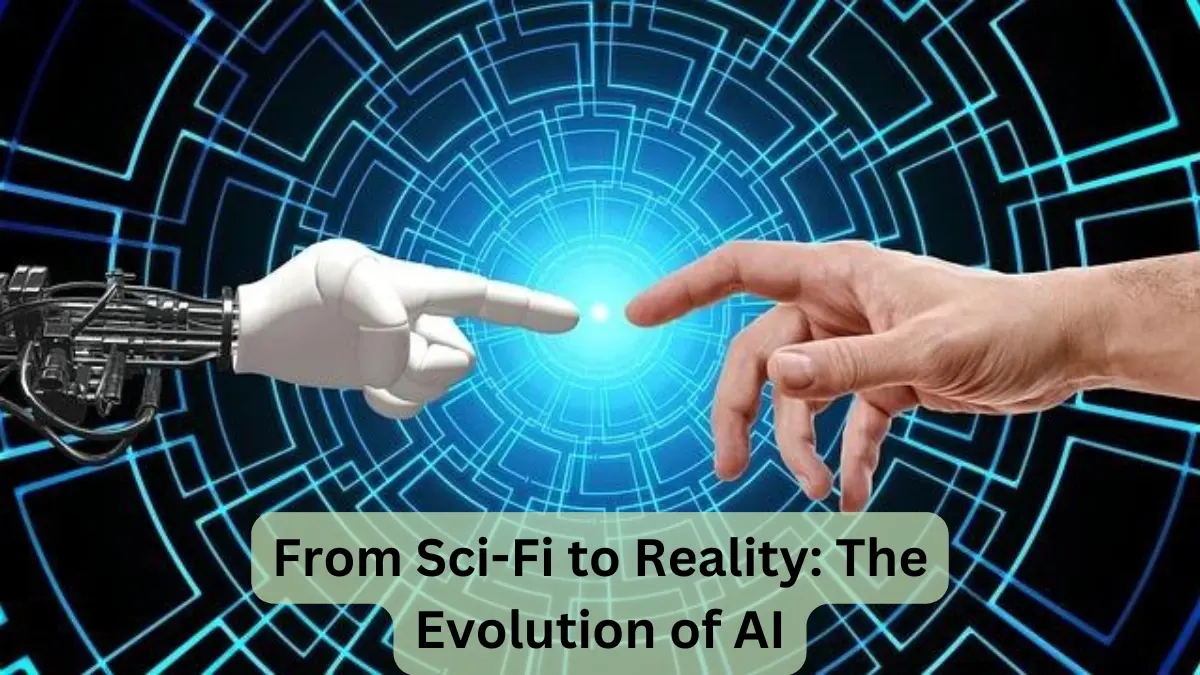
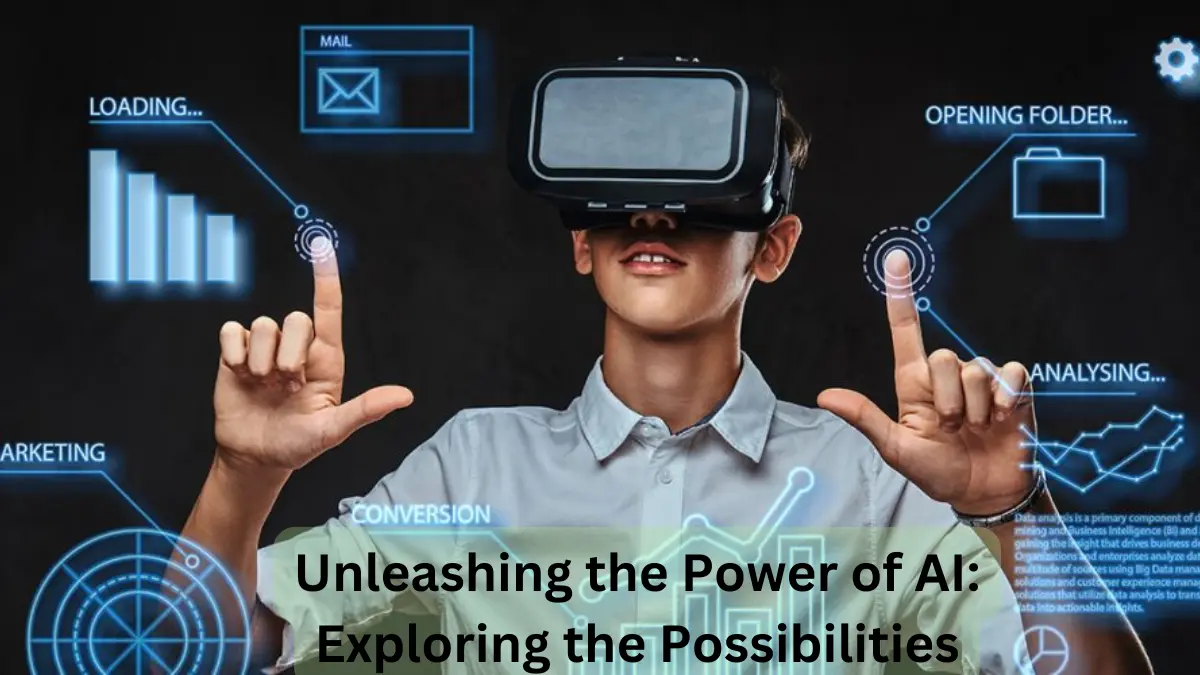
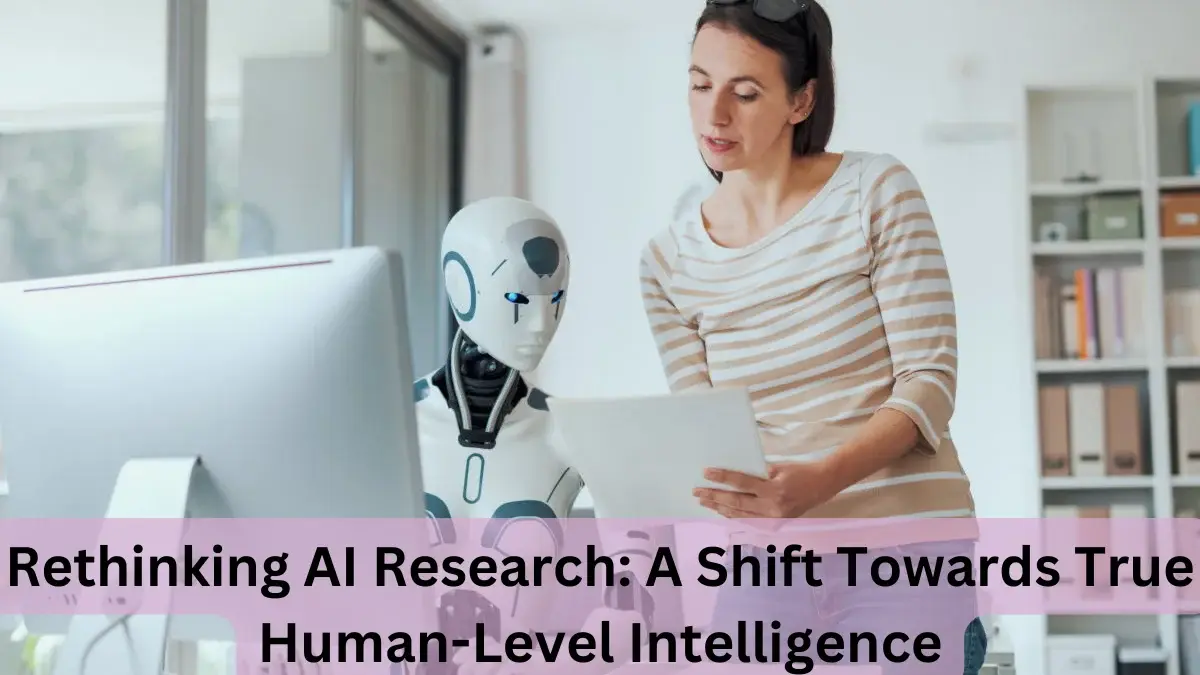


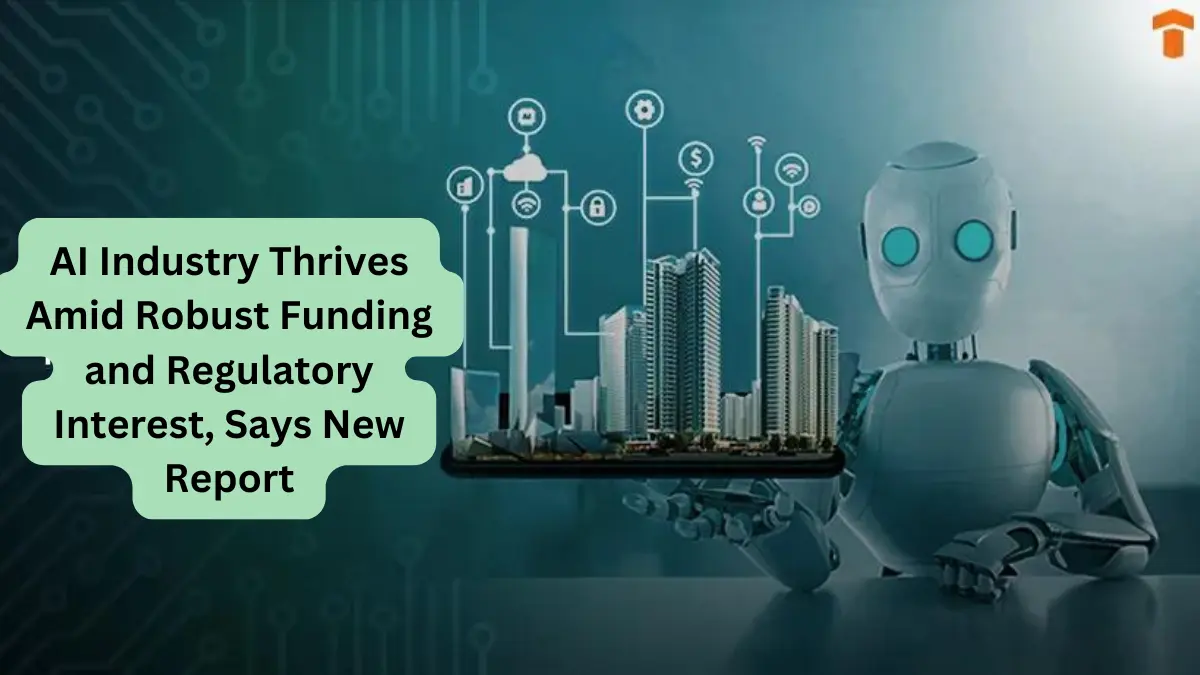

11 thoughts on “From Sci-Fi to Reality: The Evolution of Artificial Intelligence”